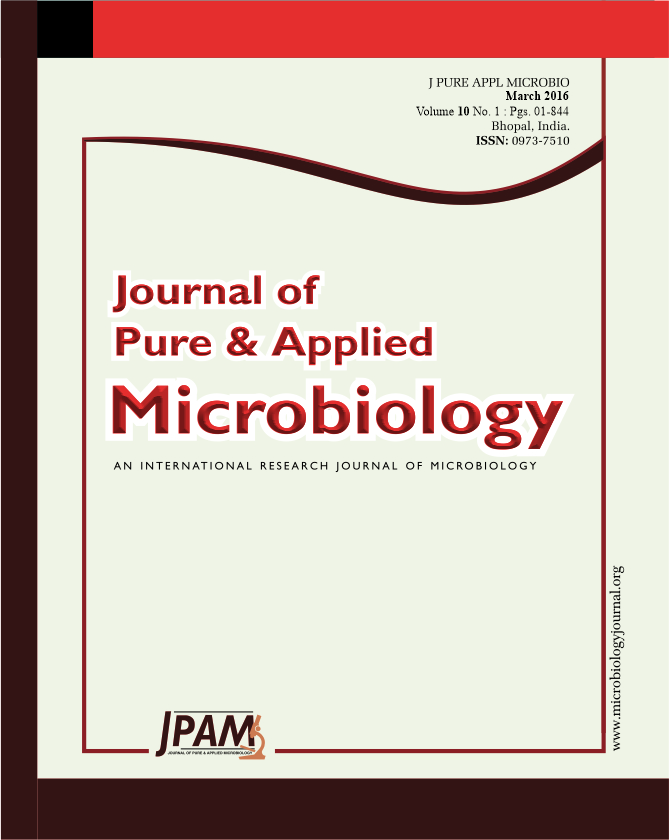Microbial fuel cell (MFC) is one of the new methods to generate electricity. Design of microbial fuel cell to improve the performance of this system has been considered by many researchers. The internal resistance of the system is a factor that affects the performance and efficiency of MFC. In this study, the copper nanoparticles were used to reduce the internal resistance and increase the efficiency of MFC. First, performance of MFC was investigated with electrodes made of graphite. Then, electrode modification was done with copper nanoparticles using hydrolysis method and Scanning Electron Microscope (SEM) and Energy-dispersive X-ray spectroscopy (EDS) were used for verifying the existence of copper nanoparticles and determining their size. Finally, the fuel cell performance was investigated in the presence of the modified electrode. Our data showed that copper nanoparticles, with an average size of 89 nm and with spherical morphology, improve the performance and efficiency of microbial fuel cell. In the presence of copper nanoparticles the maximum voltage reached 930 mV while the maximum voltage of 720 mv was recorded with pure electrodes. The use of copper nanoparticles in the modification of electrode increases the power density and decreases the internal resistance of the system. The results showed that the maximum power density in the modified electrode state and the pure electrode was 1700 mW/m2 and 900 mW/m2 respectively. The maximum current density with the modified electrode was 1300 mA/m3 and the maximum current density with the pure electrode was 900 mA/m3. Copper nanoparticles reduced internal resistance and increased the efficiency of MFC.
Microbial fuel cell, Modified electrode, Copper nanoparticles.
© The Author(s) 2016. Open Access. This article is distributed under the terms of the Creative Commons Attribution 4.0 International License which permits unrestricted use, sharing, distribution, and reproduction in any medium, provided you give appropriate credit to the original author(s) and the source, provide a link to the Creative Commons license, and indicate if changes were made.


